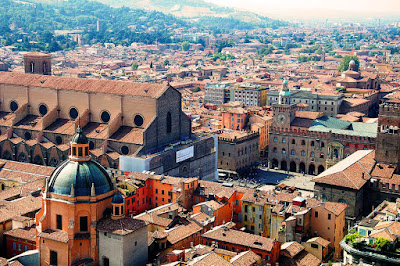Discovering
Tuscany
Travel
History and Local Traditions
A Trip to Tuscany is a unique experience and must definitely include an in-depth visit to Florence, the capital of the Renaissance, day trips to beautifully landscaped small villages perched on the hills that have so much inspired painters and more recently film directors and producers.
One of the most interesting cities is
undoubtedly Siena, in the southern part of the region, a medieval city of
ancient origins which still preserves its treasures intact, so much so that it
is among the Unesco Heritage site.
Tuscany also boasts a remarkable winemaking tradition; some of the most important Italian wines are produced in the province of Siena, such as the world renowned Brunello di Montalcino.
Local Typical Food
products are also very important; just think of the famous Florentine steak and
panforte and ricciarelli, typical Sienese sweets.
You
will be welcomed by local guides and escorts, with knowledge of local places
and traditions
Trips range from 2 nights and 3 days for city itineraries to one week for broader programs and 14 nights and 15 days for journeys across multiple regions, designed and customized for thematic groups, family holidays and business trips.
Siena is world-renowned for the Palio, a breathtaking
horserace featuring local neighborhoods, known as Contrade, famous for their ancient traditions
A Knowledge Tourism that features local customs, values and traditions to better appreciate:
Museums that reveal
an archaeological, historical and artistic heritage, the rediscovery of local
treasures and traditions through art, literature and architecture that preserve
the memory of the places and local realities visited.
Characteristic ancient villages shaped since ancient times by the skilful hand of man and ancient agricultural practices.
Local Gastronomy,
the result of ancient traditions and linked to the territory.
Traveling
in the company of people who live and work in the places you visit
Italian
text courtesy of Costanza Riccardi























